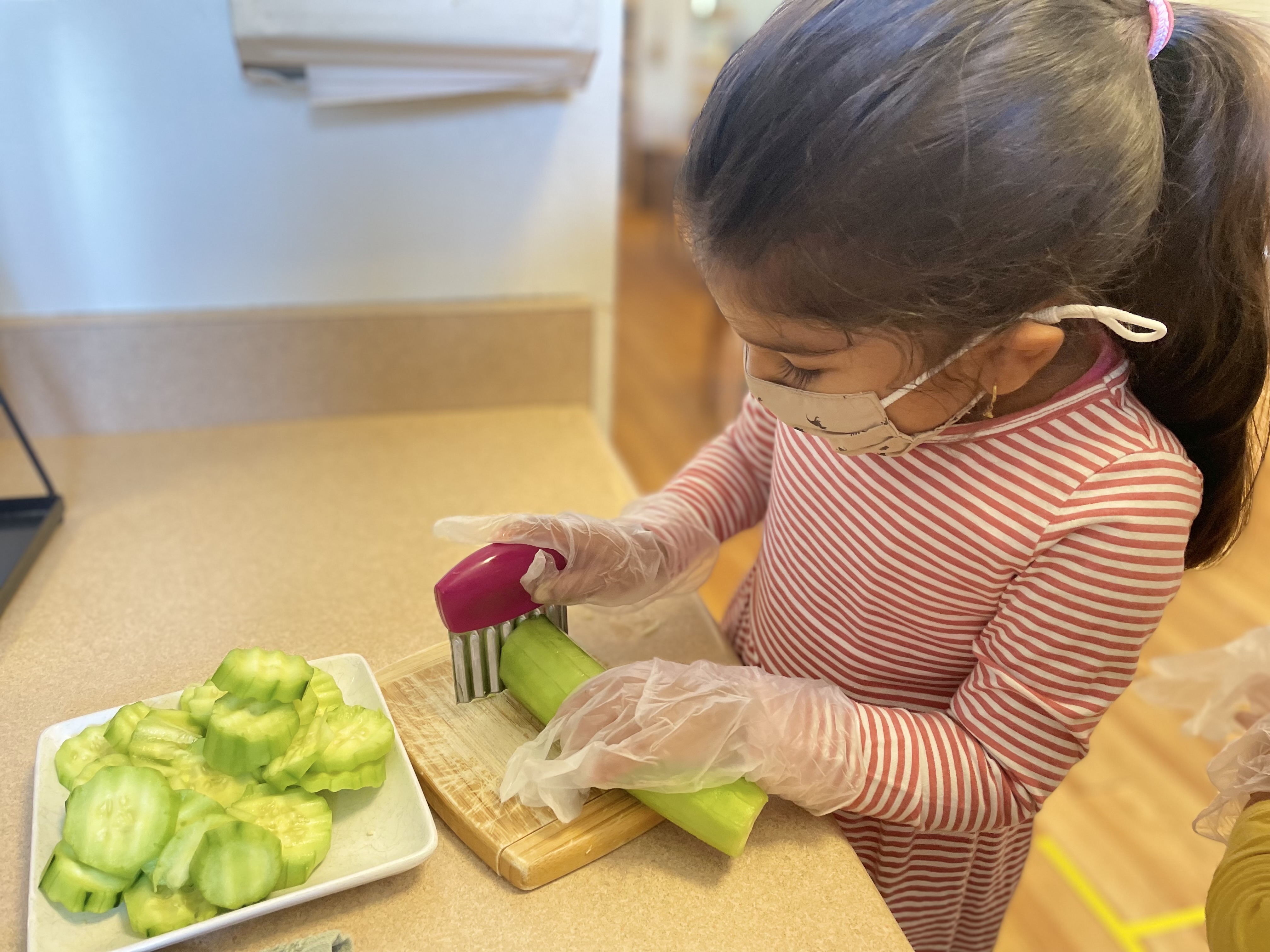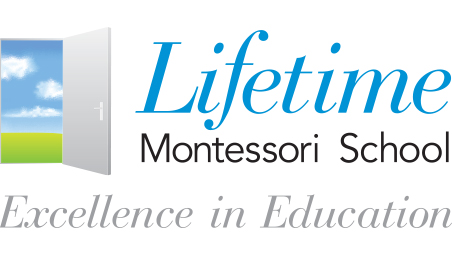(858) 759-0631
Every day in our Montessori school, we teach students about the kitchen systematically and methodically. Whether we are spreading, slicing, or juicing, we set up the steps for these tasks the same way daily and ensure the children are part of each step.
We start with getting a tray. Then, we choose the correct utensils. We go to the refrigerator and have them choose from ‘kid-friendly containers inside. We take the containers to the table.
At this time, we wash our hands and wear an apron. Now, we’re ready for work.
Today, we’re preparing pita and hummus. We set out and cut the pita and then spread the hummus over the bread. We leave the snack on the table for all to enjoy.
Students then clean up and wash the utensils.
Following that task, we thank the preparers, eat the snack and talk about it.
Surely, that was an easy task. So, what exactly did our children learn?
First, this exercise teaches them how to take care of themselves—feeding themselves and learning the rules of food. We have taught them independence!
Next, we’ve helped the children focus, concentrate, use forethought and improve their dexterity and hand-eye coordination. They’ve refined an entire set of skills!
Then, we’ve created a cultural connection to family and community, such as “food has many different tastes,” and “food is different in different places” and “how bread unites all types of people.”
Seeing food, touching it, and eating it also create a connection and sensory immersion.
Finally, we develop language specifics. No longer is ‘pita’ just called ‘bread’ or a bagel called bread. This bread has a specific name. Also, people across the world share many things in common but they also have different tastes and preferences based on their geography and upbringing.
As a parent, it’s a joy watching our three- to five-year-old children learn by trying new things and incorporating them into their rapidly growing world. Snack time is one of the great things and core differences between a Montessori preschool and a regular preschool—we employ teachers rather than caretakers.
Blog Cateogry:
Featured Image:

